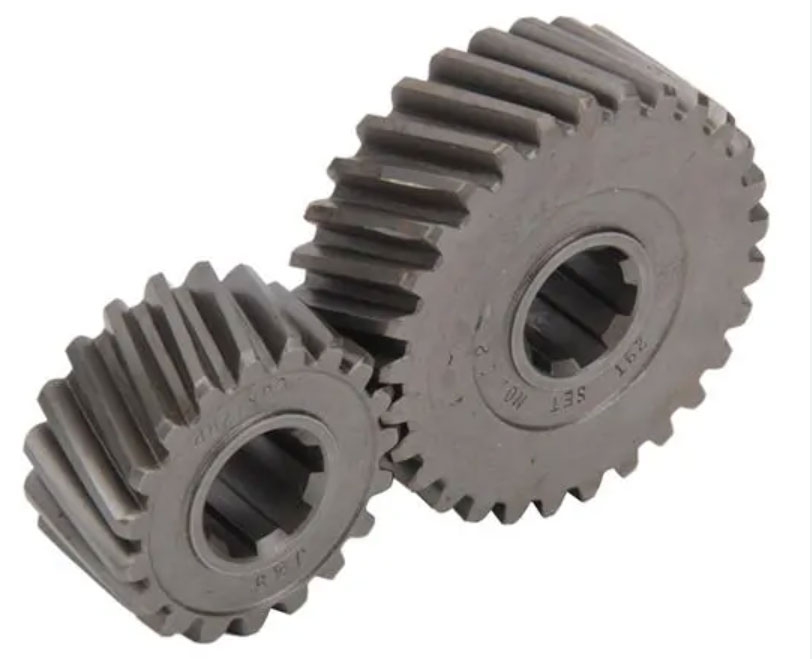Helical gears are widely used in various applications due to their advantages over other types of gears, such as quieter operation and increased load-carrying capacity. The reliability and durability of helical gears depend on several factors, including material selection and heat treatment. Let’s discuss these aspects in more detail:

Material Selection:
The choice of material for helical gears is crucial in determining their reliability and durability. Some commonly used materials for helical gears include:
a. Steel: Steel is a popular choice for helical gears due to its excellent strength, toughness, and fatigue resistance. Alloy steels such as AISI 8620, 9310, and 4340 are commonly used for high-performance applications. The specific steel grade selection depends on factors like load capacity, operating conditions, and cost considerations.
b. Cast Iron: Cast iron gears are suitable for low to moderate load applications. Gray cast iron (such as ASTM A48 Class 30) is often used for gears that operate at low speeds, while ductile iron (such as ASTM A536 Grade 65-45-12) provides higher strength and improved impact resistance.
c. Bronze: Bronze gears, particularly phosphor bronze, offer good wear resistance and self-lubricating properties. They are commonly used in low-speed and high-load applications where quiet operation is desired.
d. Other Materials: In certain specialized applications, other materials like plastics, composites, or non-ferrous alloys may be used for helical gears to meet specific requirements such as corrosion resistance, weight reduction, or electrical insulation.The material selection process involves considering factors such as load capacity, operating speed, temperature, lubrication conditions, and cost constraints. It is important to consult material specifications and industry standards to ensure the chosen material meets the necessary mechanical properties and performance requirements.
Heat Treatment:
Heat treatment plays a crucial role in enhancing the mechanical properties and durability of helical gears. The specific heat treatment processes applied depend on the material used. Common heat treatment methods for steel gears include:
a. Carburizing: Carburizing is a surface hardening process that involves exposing the gear to a carbon-rich atmosphere at high temperatures. This creates a hardened case on the surface while maintaining a tough core. Carburizing increases wear resistance and fatigue strength.
b. Quenching and Tempering: After carburizing, the gear is quenched to rapidly cool it, followed by tempering to relieve internal stresses and achieve the desired hardness and toughness combination.
c. Induction Hardening: Induction hardening is an alternative to carburizing, where only the tooth surfaces are heated and rapidly cooled to achieve high hardness and wear resistance.
d. Nitriding: Nitriding is a surface hardening process that introduces nitrogen into the gear surface to form a hardened nitride layer. Nitrided gears exhibit excellent wear resistance and fatigue strength.The heat treatment process must be carefully controlled to ensure the desired hardness and microstructure are achieved while minimizing distortion or other undesirable effects.
In addition to material selection and heat treatment, proper design, lubrication, and maintenance practices also contribute to the reliability and durability of helical gears. It is essential to follow industry standards, specifications, and manufacturer guidelines to ensure optimal gear performance and longevity.
